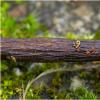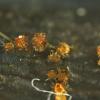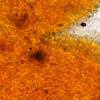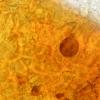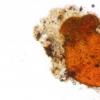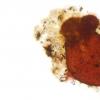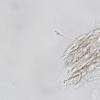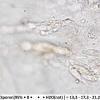
07-01-2026 22:22
 Danny Newman
Danny Newman
Tatraea sp. on indet. hardwood The Swag, Great Sm

10-01-2026 01:18
 Danny Newman
Danny Newman
cf. Neovaginatispora fuckelii on indet. shrub Pre

07-01-2026 10:24
 Danny Newman
Danny Newman
Pezicula sp. on indet. hardwood Appalachian Highl

09-01-2026 17:41
Arnold BüschlenHallo, F. dilatata wird von vielen Bryoparasiten

09-01-2026 10:08
 Blasco Rafael
Blasco Rafael
Hola, en el mismo habitat que la anteriorRetamaDia

08-01-2026 21:22
 Blasco Rafael
Blasco Rafael
Hola, He recogido esta muestra de Orbilia sobre Re

07-01-2026 17:29
 Marc Detollenaere
Marc Detollenaere
Dear Forum,On a barkless Populus I found some smal

10-11-2021 17:33
 Riet van Oosten
Riet van Oosten
Add-on topic http://www.ascofrance.com/forum/7059

07-01-2026 10:05
 Danny Newman
Danny Newman
cf. Chaetospermum on XylariaCosby Campground, Grea
yesterday i found this Nectria-like fungus on stems of Pachysandra terminalis.
I couldn't see if a spore oranament was there or not and measurements include many immature spores.
Very interesting are the spines on the fruitbody and that the fruitbody react red in KOH.
Any idea what that could be ?
best regards,
Thorben

Hallo Thorben,
es gibt eine Pseudonectria pachysandricola - vgl.z.B.hier:
Du musst selber sehen, ob die in Frage kommt.
LG von Lothar
ich glaube das könnte, zumindest Makroskopisch, passen, leider gibt es keine Funde mit denen man Vergleichen kann.
Was mich nur stört ist, dass Dogde (1944) eine Sporenmaße von 10-15 x 3-5 Mikrometer angibt.
Das wäre dann deutlich kleiner als bei meinem Fund.
Viele Grüße
Thorben

